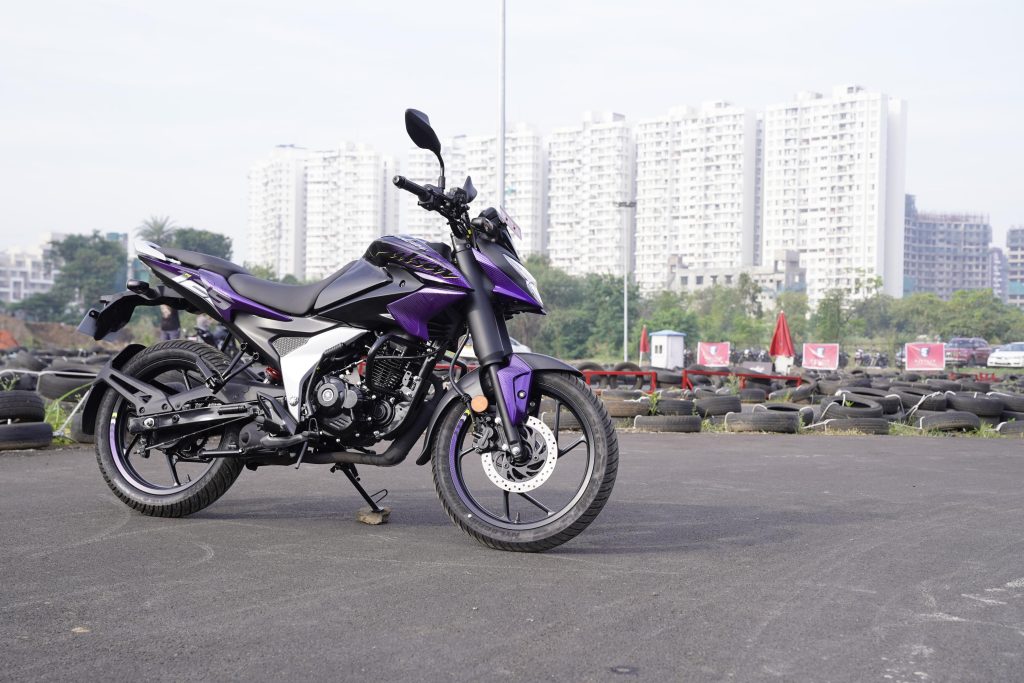
The Bajaj Pulsar N125 breathes a fresh bit of air into the hotly-contested 125-cc sporty commuter segment. We ride it on a go-kart track in Pune.
Story: Charan Karthik
Photography: Sanjay Raikar
The Bajaj Pulsar brand is deeply rooted into the minds of each and every gearhead in the country. Most of us have had an attraction towards at least one Pulsar in our lives. If I was asked about my favourite Pulsar, it would be the OG Pulsar of the early 2000s, eyes closed. I still remember the time when Bajaj moved from circular headlights to the triangular headlights that had the plastic fairing around them. Later, Bajaj phased out the wire-spoke wheels and introduced the alloy wheels. So, a new Pulsar being launched is always a moment I look forward to and this one is no different.
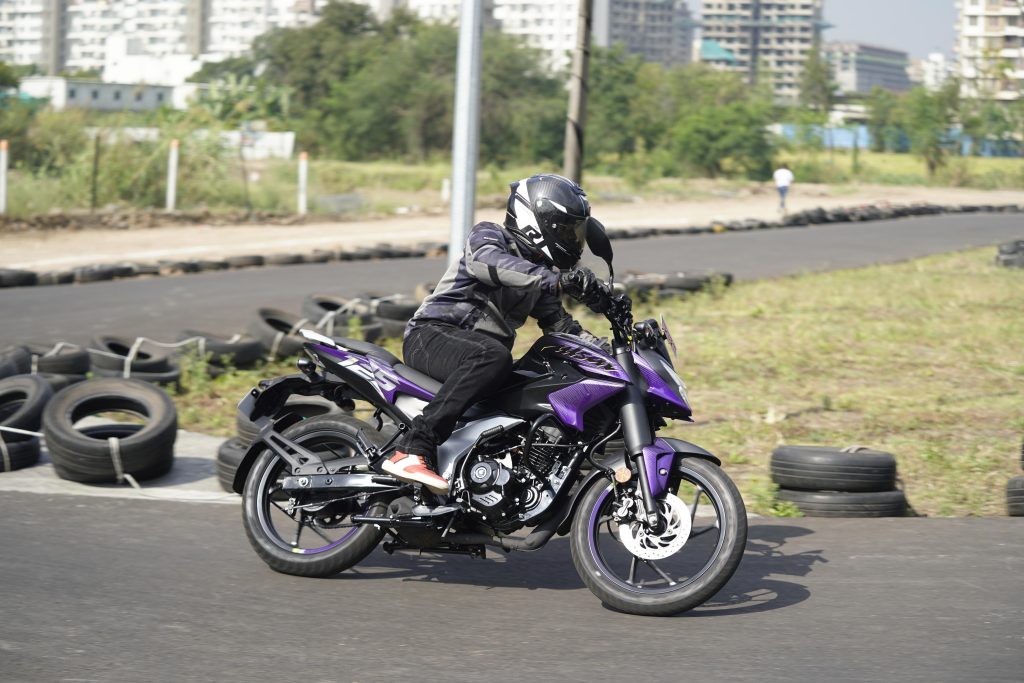
Bajaj now have a Pulsar that will suit every single one of us, literally. The Pulsar range now consists of 13 different Pulsars and it ranges from the standard Pulsar 125 to the powerful Pulsar NS400Z. The latest one to join the range is the new Pulsar N125. When I mention it’s new, I mean it’s all-new. The N125 gets a new frame, new pieces of design and styling bits, and a new 125-cc engine.
Personally, I always look forward to first ride experiences and the excitement arose even more when we got to ride the Pulsar N125 on a go-kart track. Since the bike is a sporty commuter, the accessibility, dimensions and the ease of use factors are all on the positive side. For instance, the seat height of the N125 is 795 mm and I could easily flat-foot it. It also is an incredibly thin and light bike; it weighs just 125 kg (kerb) and the beefiest part of the bike is its front, especially the fuel tank and the shrouds on it. An aggressive design language has been adopted and sharp lines run all through the Pulsar’s body like the elongated beak-like LED headlights and a tail that seems like it’s been stretched out a bit.
At the front, the telescopic fork has a black cover over it to make it look like an upside-down fork. The bike has a split seat setup and the rider’s seat extends out onto the front, on the fuel tank panel. Sort of a motocross bike design? The exhaust is also an under-belly unit.
After looking back and forth between the bike and the track for a bit, I finally got my hands on and thumbed the starter. The N125 came to life with a low growl. The 125-cc, single-cylinder motor makes 12 hp at 8,500 rpm and 11 Nm of torque at 6,000 rpm. There is adequate power throughout the rev range but the mid-range is where the bike really picks up and gets going. Vibrations are negligible and there is a grunt-like sound from the motor; one that I started to like. The low-end power is satisfactory. The five-speed gearbox is calibrated well and has a slick feel to it. We did have a problem slotting the bike into neutral at times but that was just an issue with our allocated test bike and not an overall issue. There is plenty of pull even in the fifth gear and considering the performance of its rivals, the N125 has a dynamic edge over them.
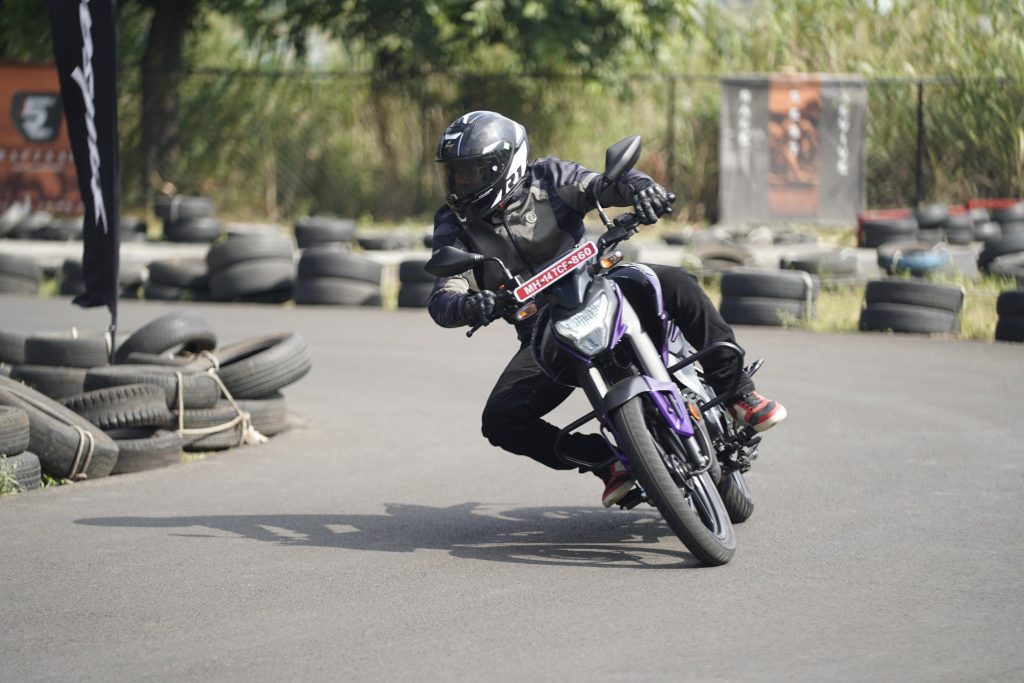
After spending time on the track for a few laps, I took the bike on to the highway and, later, into the city. And that’s when I could feel the grunt a lot more. A flick-able front end coupled with a light-operating clutch lever made it a good companion in the city. The bike has a 9.5-litre fuel tank and Bajaj claim it has a fuel efficiency of 60 km/l, which is impressive, and one thing we’d like to test when we get our hands on a bike later.
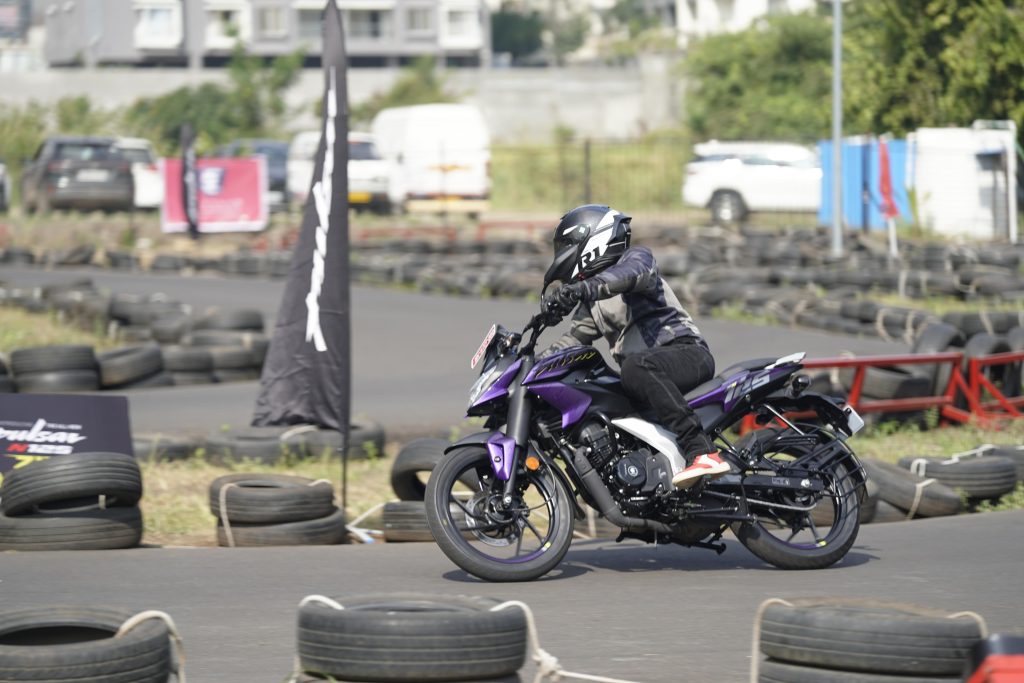
The braking duties are handled by a 240-mm disc at the front and a 130-mm drum at the rear and both of them have proper bite and provide ample feedback through the lever. In addition, the combi-braking system (CBS) helps in better braking. The bike comes with an 80/100-17 front tyre and a 110/80-17 rear tyre. The MRFs may look skinny, but they are all about function than form and they provide ample grip in day-to-day riding scenarios.
The ride quality of the Pulsar N125 is one of its praiseworthy characteristics. The suspension is tuned well and the damping provided by both the front and the rear make riding a comfortable activity than it actually is, especially on our roads. The rear suspension is actually so good that I didn’t mind hitting bumps and potholes at times because it ironed them out neatly.
Being a Pulsar, the bike needed to have the trademark muscly, meaty character and the N125, the runt of the litter as I like to call it, has got that part going pretty well. As part of the technology package, you get Bluetooth connectivity and a start/stop system for maximising fuel efficiency. The fit and finish is commendable and the paint seemed to be of good quality. Only time will tell if the plastic parts stand the test of nature.
The Bajaj Pulsar N125 comes in two variants: LED Disc BT (top) and LED Disc (base). The top variant comes with equipment such as an integrated starter generator (ISG), a fat rear tyre, a big LCD instrument display and Bluetooth connectivity, all of which aren’t present on the base variant. The Pulsar N125 is priced at Rs 94,707 for the base variant and Rs 98,707 for the top variant.
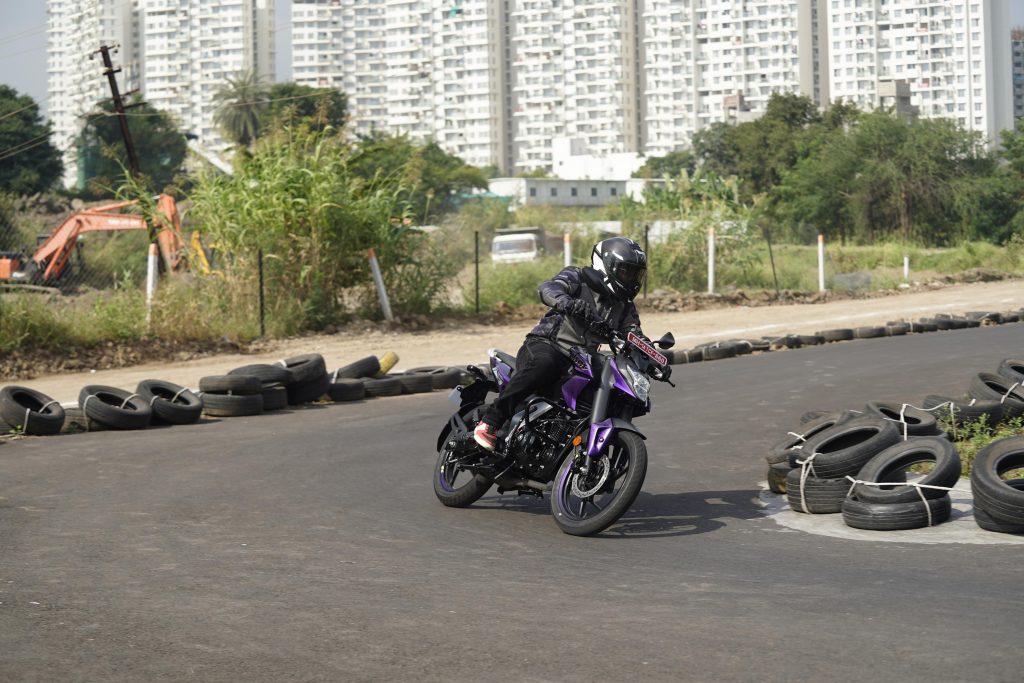
The Pulsar N125 is a direct rival to the Hero Xtreme 125R and the TVS Raider 125. You might be wondering how the Pulsar is different from the other two? Well, it’s a Pulsar, it feels like one and it certainly has the grunt. It is anything but mundane.

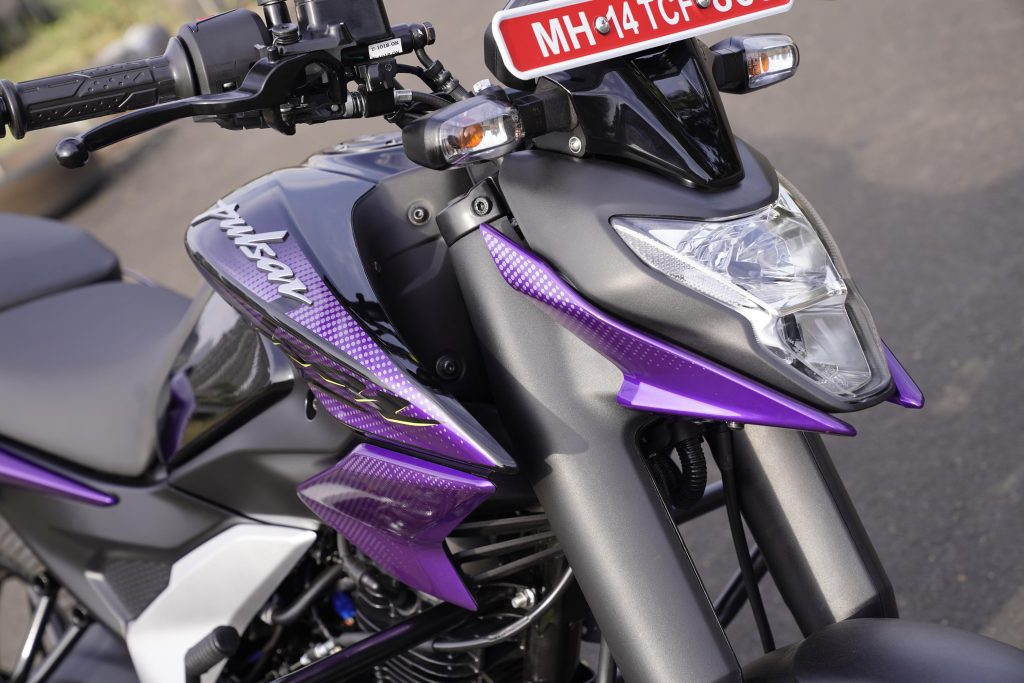
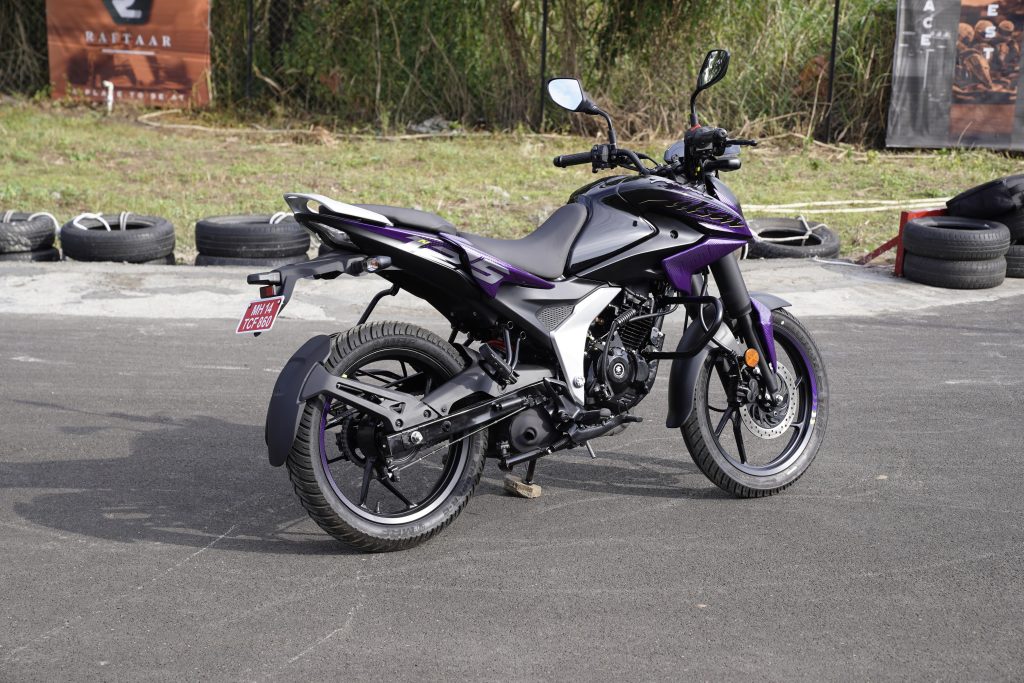
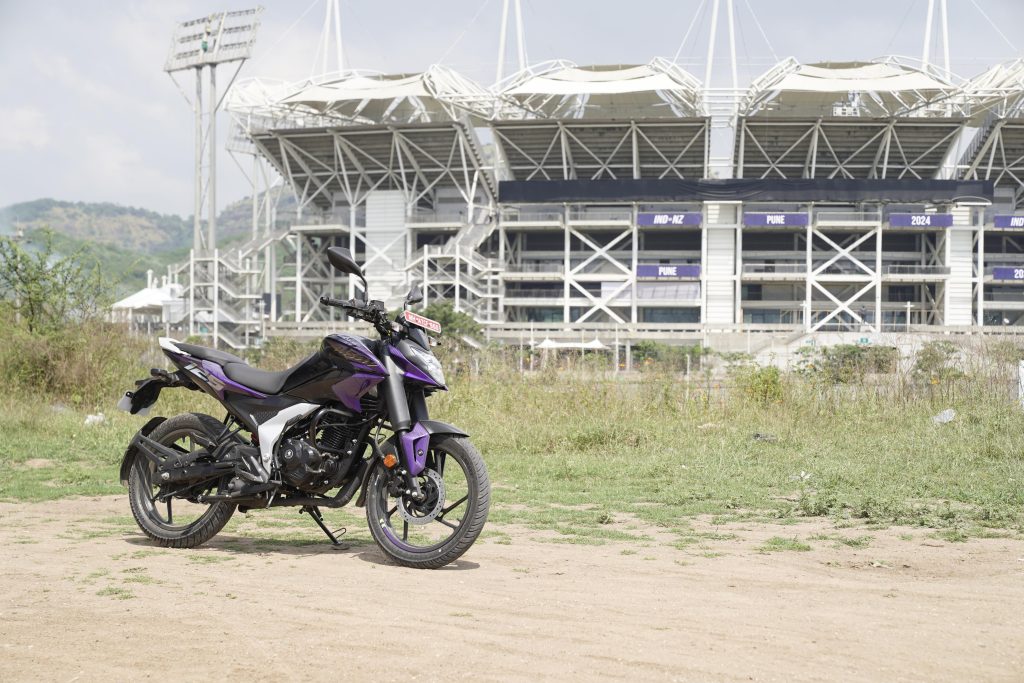
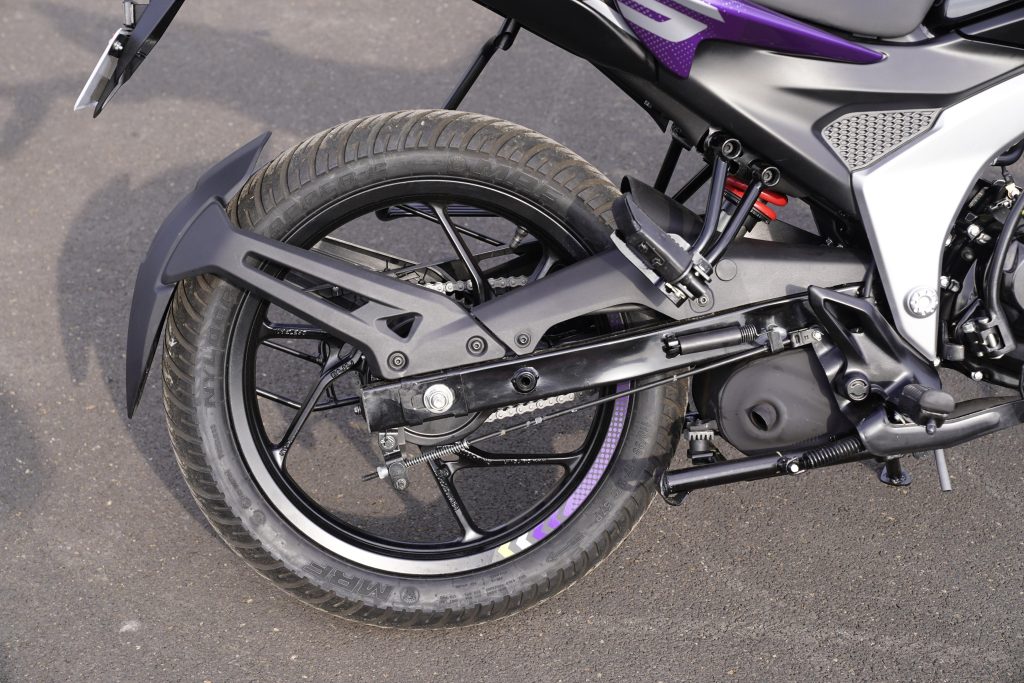
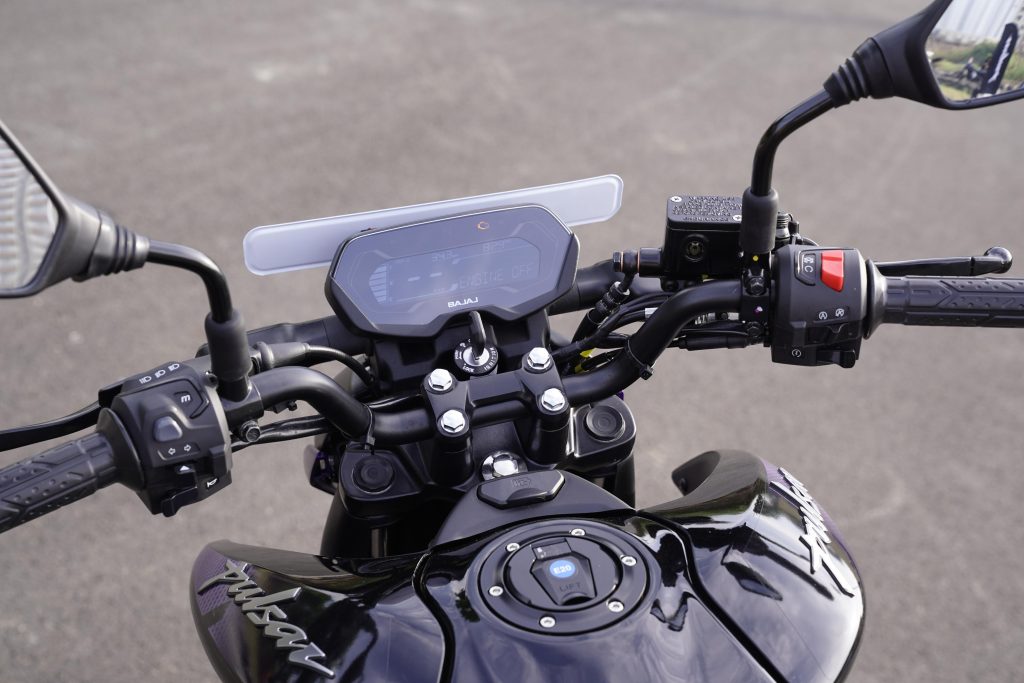
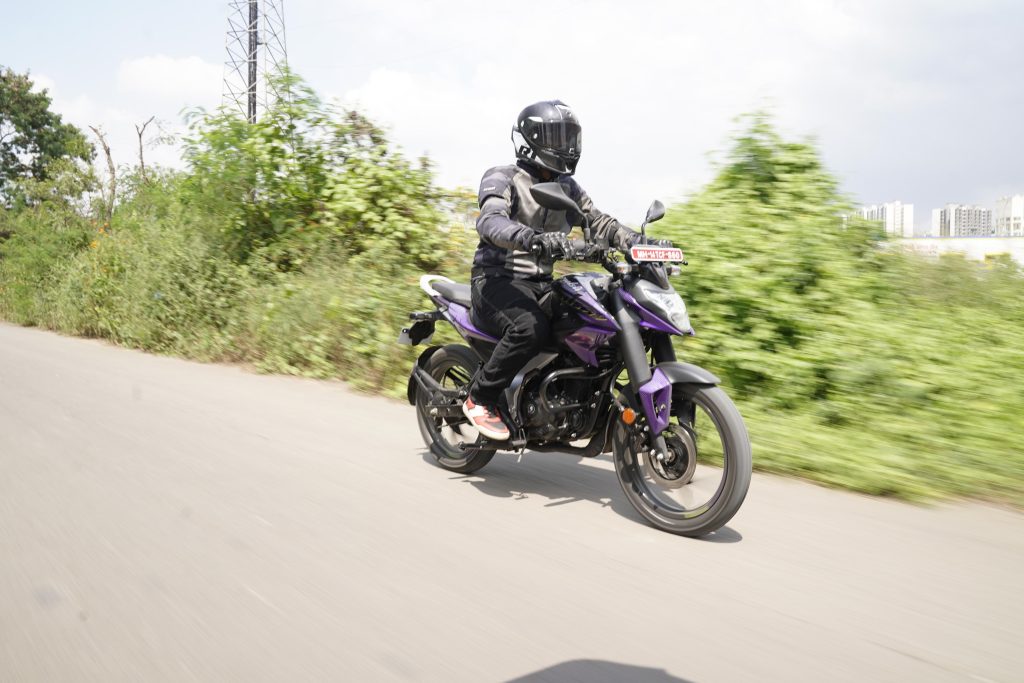

Leave a Reply